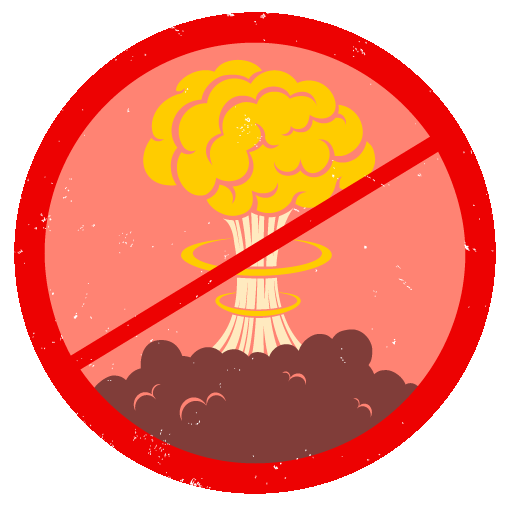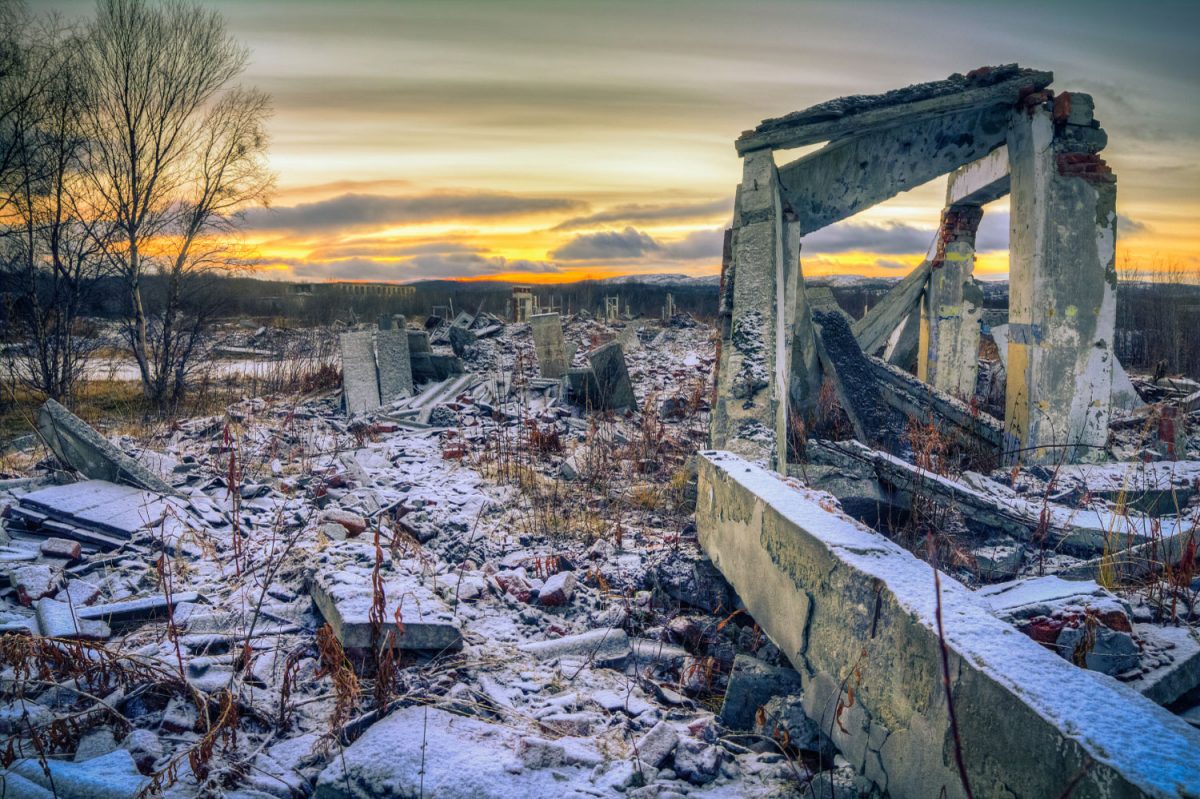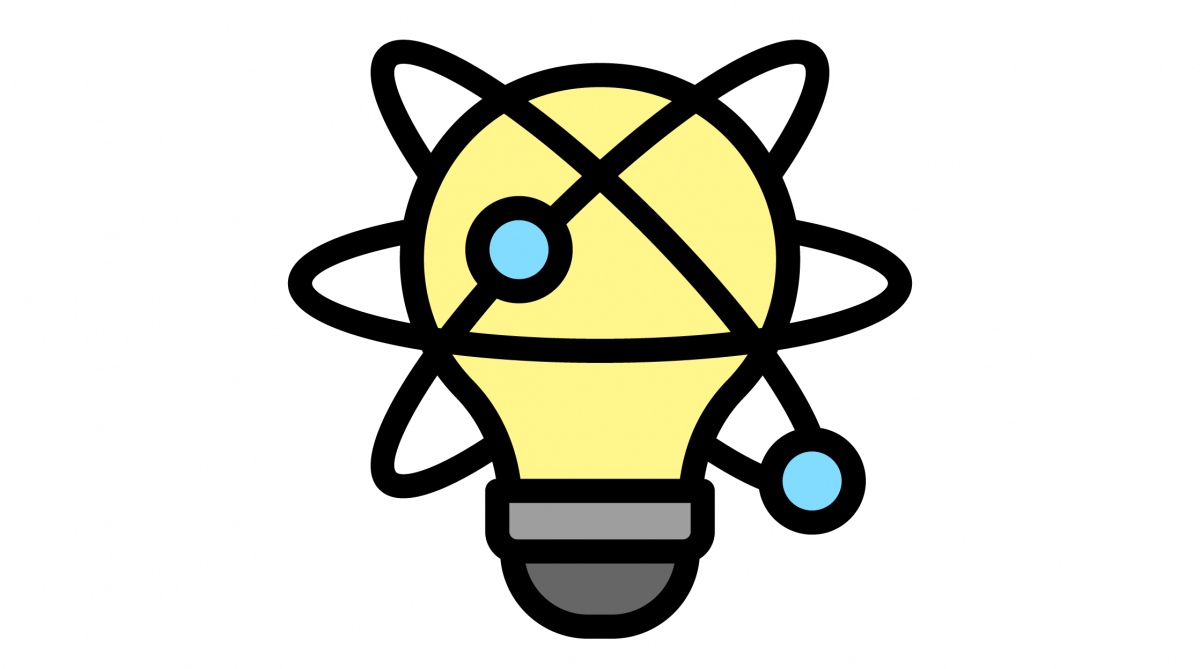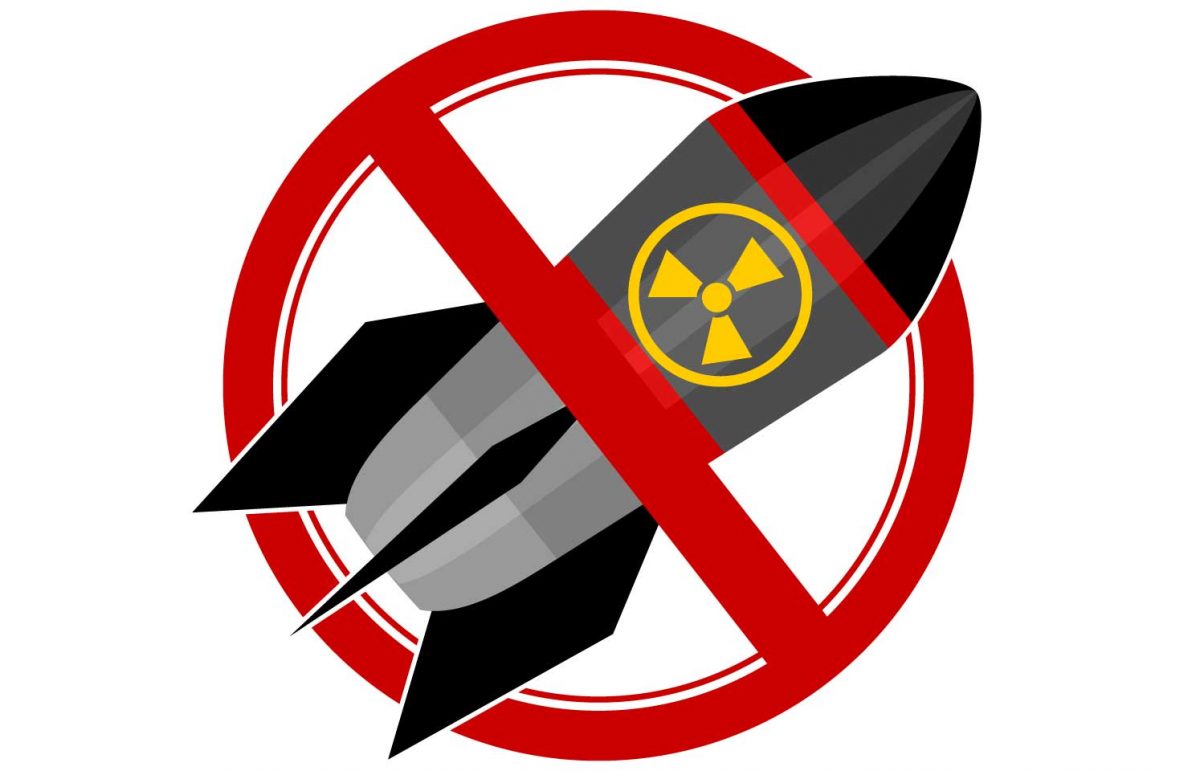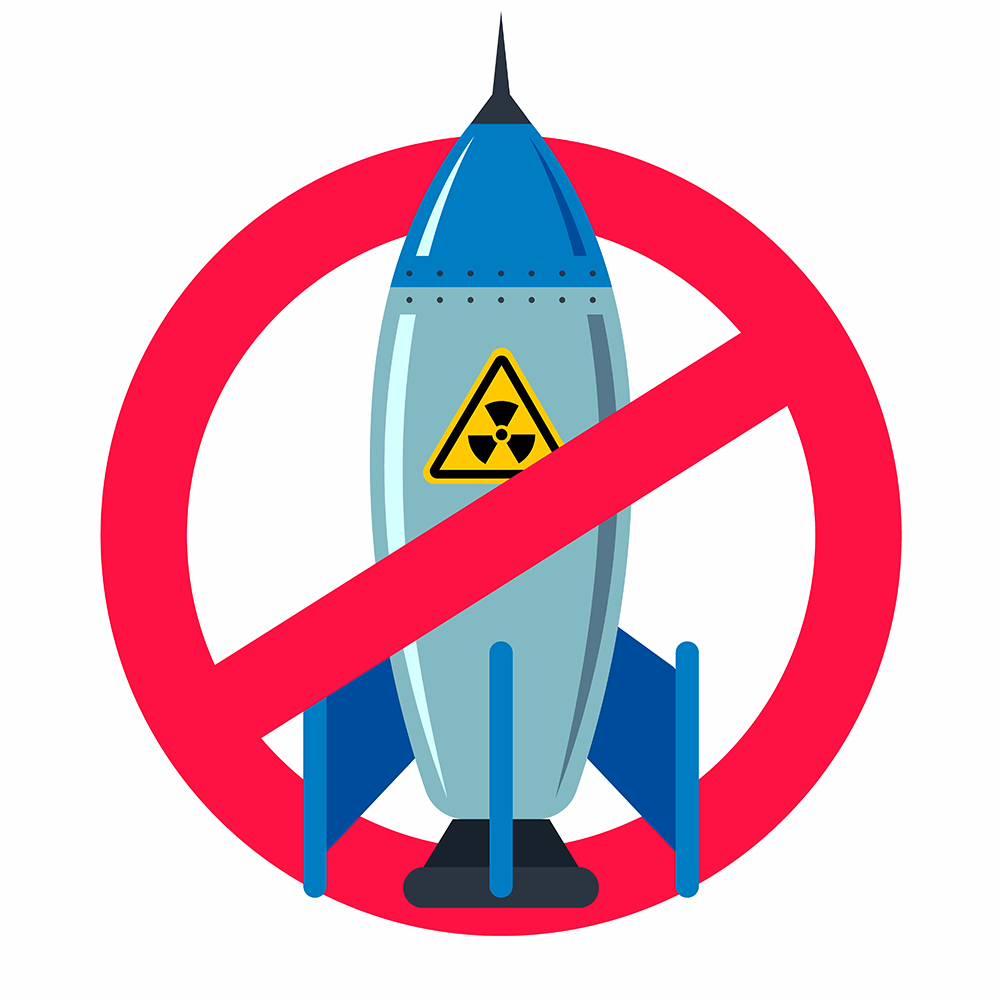The 12.5-kiloton bomb detonated over Hiroshima decimated the city and created ground temperatures that reached about 7,000 degrees Celsius. Of the 76,000 buildings in the city, 92% were destroyed or damaged. There were more than 100,000 deaths and approximately 75,000 injuries among a population of nearly 250,000. Of the 298 physicians in the city, 270 died or were injured and 1,564 of 1,780 nurses died or were injured.
The 21-kiloton bomb detonated over Nagasaki three days later leveled 6.7 square kilometers (2.6 square miles). There were 75,000 immediate deaths and 75,000 injuries, and health consequences for the population of the city that were similar to those of Hiroshima.
The current situation
Today’s nuclear weapons are much larger and much more powerful. Nine nuclear-armed states possess more than 14,000 warheads—about 93% of them in the arsenals of the US and Russia—deployed on missiles, submarines, and aircraft. Thousands of them are ready to be launched on short notice. Scottish CND has estimated that the 40 nuclear warheads on a single Trident submarine, if targeted on Moscow, could kill more than five million people.
A regional nuclear war between India and Pakistan could kill 12 million people outright, injure another seven million, and cause global climate disruption and a “nuclear famine.” A nuclear war between the US and Russia could kill 200 million people or more, and cause a global “nuclear winter” with no survivors.
Find out what would happen if a nuclear bomb detonated in your city via this interactive calculator by the Outrider Foundation.
Physical effects of nuclear weapons
The physical effects of nuclear weapons include a heat (thermal) wave, a blast wave, an electromagnetic pulse, the release of ionizing radiation, and the production of radioactive isotopes in fallout.
Blast and burn effects
Even a single nuclear explosion over a city can kill tens of thousands — even hundreds of thousands — of people immediately. Massive overpressures destroy most buildings; temperatures exceeding thousands of degrees Celsius incinerate all flammable materials; intense winds create firestorms. A nuclear war with weapons in existing arsenals could kill more people in a single day than were killed during the entire Second World War.
More about blast and burn effects of nuclear weapons
Radiation effects
Nuclear weapons release ionizing radiation as a result of the uncontrolled chain reaction of fissile materials. Exposure to radiation—including fallout from nuclear explosions—causes acute and long-term illnesses that are often deadly, as well as genetic and inter-generational health effects.
More about radiation effects of nuclear weapons
Environmental destruction
A limited, regional nuclear conflict involving only 100 Hiroshima-size nuclear weapons would severely disrupt the global climate and agriculture for two decades or more. The resulting food shortages would place at least two billion people at risk of starvation. The massive arsenals held by the US and Russia can create a nuclear winter, destroying Earth’s fundamental ecosystems, on which all life depends.
More about climate impacts of nuclear war, including nuclear famine
IPPNW study: Nuclear famine: two billion people at risk (PDF)
No meaningful response
Nuclear weapons eradicate the social infrastructure required for recovery from conflict. Roads and transportation systems, hospitals and pharmacies, fire fighting equipment, and communications would all lie in rubble throughout a zone of complete destruction extending for miles. The International Committee of the Red Cross and other major disaster relief agencies have said they would be unable to respond in any meaningful way to help the survivors of a nuclear war.
More about futility of medical response to nuclear war
IPPNW video: Why an emergency response to a nuclear attack is impossible
Nuclear weapons violate international humanitarian law
Nuclear weapons are indiscriminate in their effects. They cannot distinguish between military and civilian targets, or between combatants and non-combatants. This is considered a violation of International Humanitarian Law (IHL), according to both the Geneva Conventions and the International Court of Justice (ICJ).
The Reaching Critical Will publication Unspeakable suffering: the humanitarian impact of nuclear weaponscontains essays on nuclear weapons and IHL
